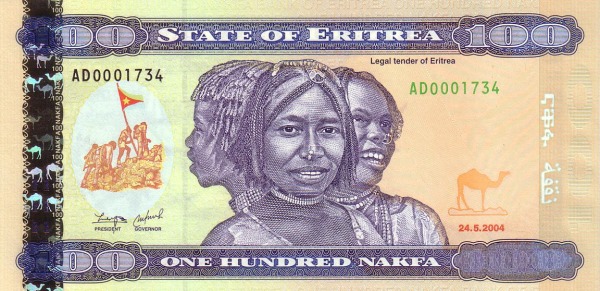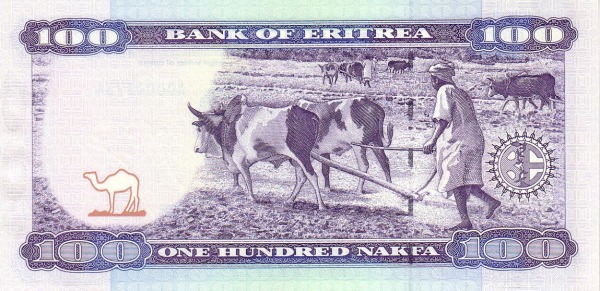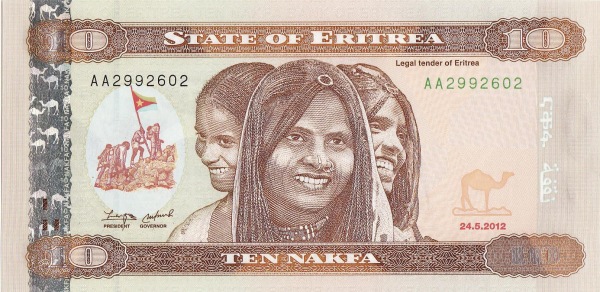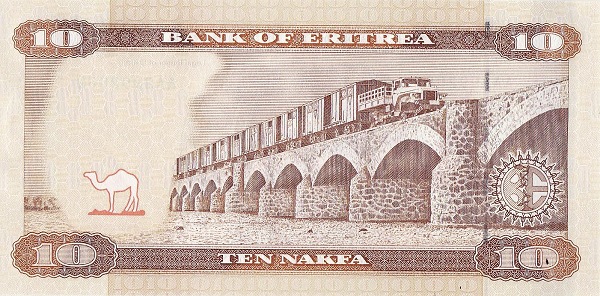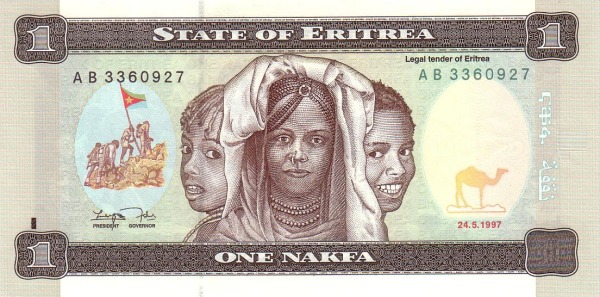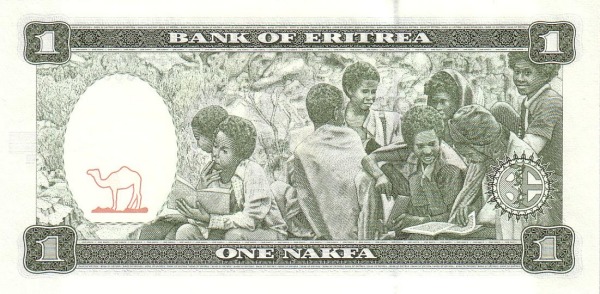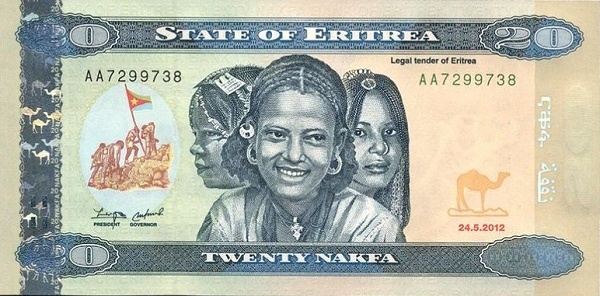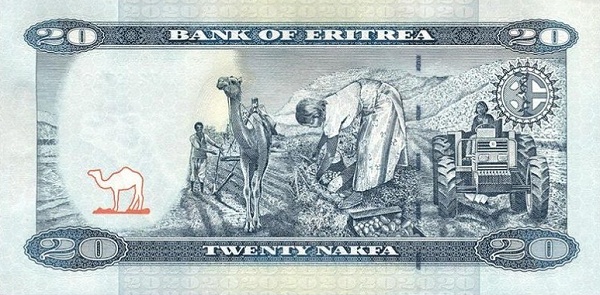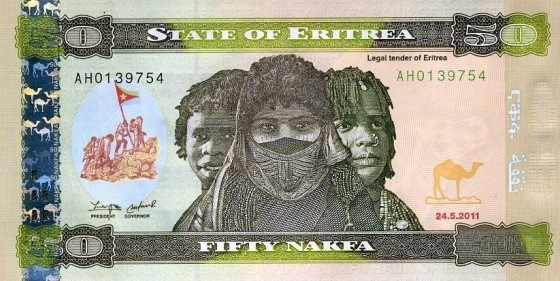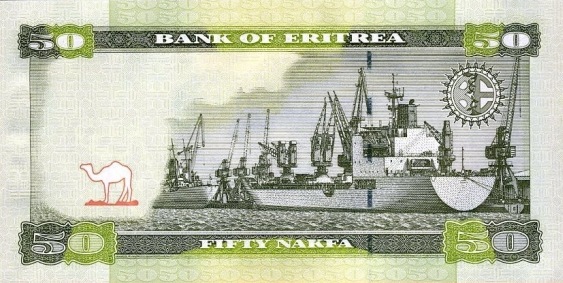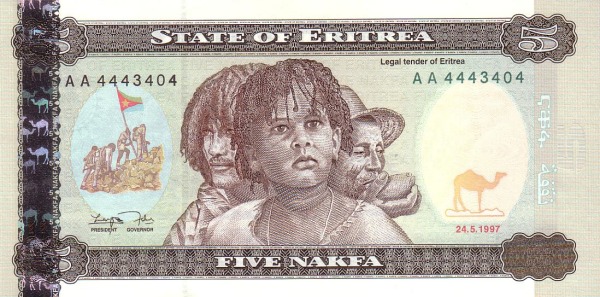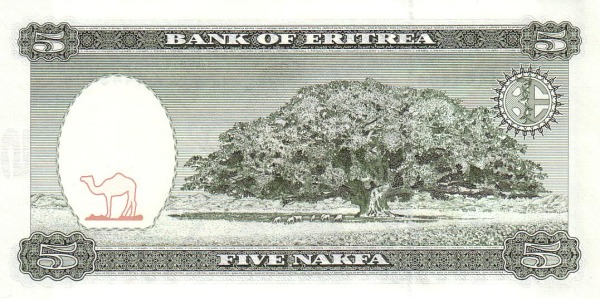Eritrea: A Unique Overview
Eritrea, situated in East Africa along the stunning Red Sea coastline, offers a rich tapestry of history, culture, and natural beauty. This nation is bordered by Sudan to the west, Ethiopia to the south, and Djibouti to the southeast. Additionally, Eritrea shares maritime boundaries with Saudi Arabia and Yemen, making it a crucial point in East Africa. Its geographic position places Eritrea at the heart of intriguing historical exchanges among various cultures and civilizations.
Historical Background of Eritrea
To truly appreciate Eritrea, one must delve into its complex history. Originally an Italian colony, Eritrea found itself federated with Ethiopia in 1947. However, this arrangement did not last long. In 1952, Ethiopia annexed Eritrea, sparking decades of conflict. Ultimately, Eritrea won its hard-fought independence in 1993. This historical backdrop sets the stage for understanding the various cultural and political dynamics that continue to shape the nation today.
Geography and Ecological Diversity
Eritrea boasts a multitude of landscapes that underline its ecological richness. The nation is divided into three distinct geographical regions. The first is the Eritrean Highlands, which represent the northern extension of the Ethiopian Plateau, running majestically from north to south. Next, you have the hot and arid western lowlands, which contrast sharply with the coastal plains. Notably, Emba Soira, standing at an impressive 3,018 meters, marks the highest point in Eritrea, offering breathtaking views and a unique biodiversity.
Area and Size
Covering approximately 117,000 square kilometers, Eritrea is nearly four times the size of Belgium. To put this into perspective, it is slightly larger than Pennsylvania, a U.S. state known for its rich history and varied landscapes. This vast area contains immense opportunities for exploration and discovery.
Major Cities and Demographics
The capital city, Asmara, is not only the largest city but also a cultural hub situated on the northwestern edge of the Eritrean Highlands. Other significant cities include the bustling ports of Massawa and Assab, which have historically served as crucial trade links for the nation. Eritrea's population, totaling around 6 million, is richly diverse, featuring ethnic groups primarily composed of Tigrayans (55%) and Tigre (30%). Smaller ethnic groups like the Saho and Kunama also contribute to the nation’s cultural fabric.
Language and Religion
In Eritrea, you will encounter a variety of spoken languages, including Tigrinya, Arabic, and English, fostering communication among its citizens. The population practices various religions, with approximately 50% identifying as Christians and 48% as Muslims. This religious diversity highlights the multifaceted nature of Eritrean society.
Contemporary Issues in Eritrea
Government and Political Climate
Eritrea operates as a single-party presidential republic. Since its independence, the nation has faced considerable challenges, both politically and socially. In 2004, the U.S. State Department labeled Eritrea a "Country of Particular Concern" due to allegations of religious persecution. Despite its independence, tensions with neighboring countries continue to cast a shadow over Eritrea.
Human Rights Concerns
According to a 2015 United Nations inquiry, Eritrea faces troubling human rights issues, with the government allegedly responsible for widespread violations. Reports indicate that many citizens endure forced labor and imprisonment. As a result, a significant number of people seek refuge in other nations, creating a humanitarian crisis that depletes the country of its human resources.
Economy and Natural Resources
Despite facing various challenges, Eritrea is rich in natural resources. The nation is known for its deposits of gold, potash, zinc, and copper. Additionally, there are indications of offshore oil and natural gas reserves, along with a thriving fishing industry along its coastline. Agriculture also plays a vital role, with Eritrean farmers growing crops such as sorghum, lentils, and vegetables. Livestock farming, particularly goats, further supports local economies.
Industrial Activities
Eritrea's industries focus primarily on food processing, beverages, and textiles. As the nation seeks to strengthen its economy, diversification becomes vital. The export market showcases commodities such as copper ore, precious metals, and coffee, while imports include cars, machinery, and food products necessary for daily living. This dynamic creates a complex web of trade relationships that aid in Eritrea's development.
Conclusion: The Future of Eritrea
In summary, Eritrea stands at a crossroads filled with both opportunities and challenges. As it navigates its path forward, the interplay of its rich history, diverse geography, and pressing contemporary issues will shape its future. Eritrea's resilient population continues to draw strength from its diverse heritage, contributing to the social and economic fabric of the nation. Ultimately, with its unique blend of cultures and a strong commitment to growth, Eritrea holds the potential to emerge as a significant player in the Horn of Africa.
Largest cities of: Eritrea
| City Name | Population | Year of foundation | |
| Asmara | 80,000 | 1890 | |
| Keren | 60,000 | 1889 | |
| Massawa | 35,000 | circa 500 B | |
| Assab | 27,000 | 1869 | |
| Barentu | 20,000 | cica 800 | |
| Mendefera | 15,000 | 1900 | |
| Debarwa | 12,000 | circa 200 | |
| Halhale | 10,000 | 2000 |
Eritrea: Money
